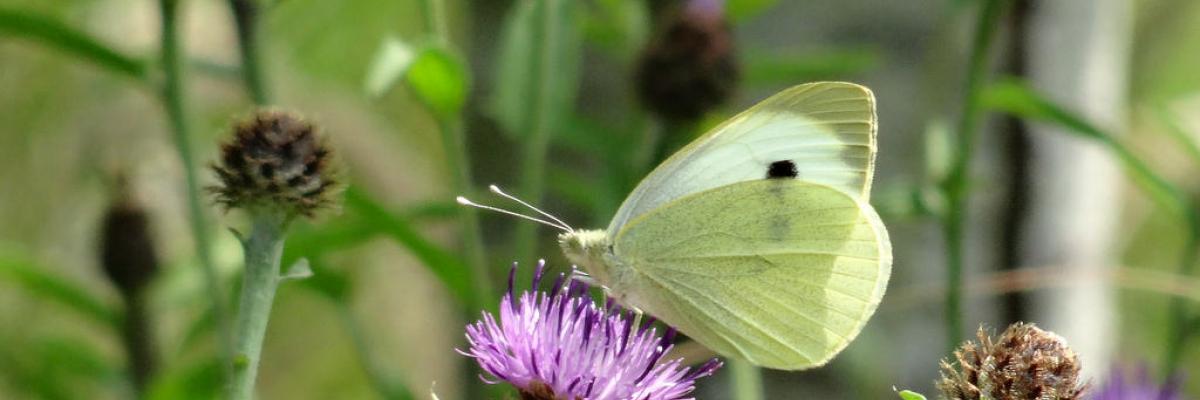

Functional biodiversity to improve pest control
in annual and perennial cropping systems
in annual and perennial cropping systems
Download the PDF
Resource explained:
It is important to provide habitats within organic cropping and other low-input systems that help with pest control through attracting natural enemies. Companion cropping can help achieve this. This research paper (available on Organic Eprints), focuses on research that aimed to identify appropriate flowering plants to help control apple aphids and cabbage lepidopteran and assess potential benefits and limits under field conditions. It describes the research method, findings, and potential implications. Although the research was undertaken in Switzerland, the key principles and reasons behind them are relevant to the UK.
Findings & recommendations:
- The species diversity and abundance of natural enemies of crop pests is reduced by fragmented landscape and loss of suitable habitats. Land-use dominated by monocultures can negatively impact on natural enemies due to lack of adequate food sources.
- Soil below trees in apple orchards is often kept bare and has a uniform flora dominated by grass. Using flowering strips can have a positive impact in controlling key pests.
- Tailoring flowering strips to the needs of specific natural enemies within a cropping system will help instill ‘functional agrobiodiversity’ (FAB) i.e elements of biodiversity within agricultural land that provide ecosystem services that support sustainable agricultural production and also potentially benefit the wider environment and society.
- The research concludes that successful on-farm application of FAB using flowering strips and companion plants is challenging and impacts on pest control need exploring further. However, plants such as Fagopyrum esculentum, Centaurea cyanus and Vicia sativa were found to help with pest control in cabbage (used within annual flowering strips and as companion plants), and Daucus carota and Medicago sativa were amongst those identified as being promising plants to use within annual flowering strips in apple orchards.
